214-351-1901
info@cathedralofhope.com
Thursday - December 8, 2022
SCRIPTURE
Ruth 1: 7-8b, 14
“So, she set out from the country of Moab with her two daughters-in-law, and they went on their way to return to the land of Judah. But Naomi said to her two daughters-in-law, “Go back each of you to your mother’s house. May the Lord deal kindly with you, as you have dealt with the dead and with me…. Then they wept aloud…. Orpah kissed her mother-in-law goodbye, but Ruth clung to her…Ruth 1: 7-8b, 14
WORDS OF HOPE
Though it may jar our expectations to see lectionary excerpts from Ruth during Advent, the story holds rich archetypal elements which are later mirrored by characters in the birth story and from which we might learn.
To recall the back story: Elimelech, Naomi’s husband, has moved the family from Bethlehem to Moab because of economic scarcity. During the 10 years that they live as immigrants, they have two sons who marry Moabite women, but the narrative quickly moves to the distress and precarity of the women’s situation after all three have become widowed.
Naomi decides to go back home to Bethlehem, the economic situation having improved. But she encourages her daughters-in-law to return to their mother’s homes, remarry, and make a secure life for themselves. Orpah does just that—an honorable, safer, more traditional direction. Ruth does not, but chooses to remain with her mother-in-law. Pouring out her faithful heart, she says: “Don’t ask me to leave you and turn back. Wherever you go, I will go; wherever you live, I will live. Your people will be my people, and your God my God.”
Why Ruth makes this decision we can only speculate: Is it her concern for Naomi’s safety on the journey home? Does she hear in Naomi’s words a loss of purpose and near-depression, feeling that her grief is far “bitterer” and that the Lord has “turned against her”(1: 13b)? Has she, over the years of living as family, come to deeply care for this older woman? Does she see in this situation, even with all its pain and uncertainty, an opening into a new life?
In our lives there are points after which we are never quite the same, and this choice—this risky choice--is one of those for Ruth.
Joan Chittister, in her insightful book on Ruth,* asserts that “real risk is a gamble on the unfinished self, on what God gave us to begin with but has only now required of us in full. It is, in fact, more often than not, the interrupted past that most dictates the undefined future. It is the opportunity to become what we have always been but never done.”
This bold choice takes Ruth to a land where she will be an outsider and “where the national prejudice against Moabites runs deep” (Chittister), yet Ruth risks marginalization as well as physical and psychological harm by working on the edges of the wheat fields to provide for Naomi.
Many of the characters of the Christmas story make such decisions and change their lives forever. When Mary, Joseph, The Magi, and Elizabeth choose to step into the mysterious, unfolding miracle of God in their lives, the doors are blown open and they walk toward a future which redeems and heals. In our Advent waiting this year, may we stay awake to opportunities to say yes to God, a yes which changes everything.
PRAYER
Help us to embrace the mystery and miracles of this time, O God, as we play our part in the incarnation of Christ. Amen.
DEVOTION AUTHOR
Dr. Pat Saxon
*Chittister’s fine book is The Story of Ruth: Twelve Moments in Every Woman’s Life, with illustrations by John August Swanson.
Previous Posts
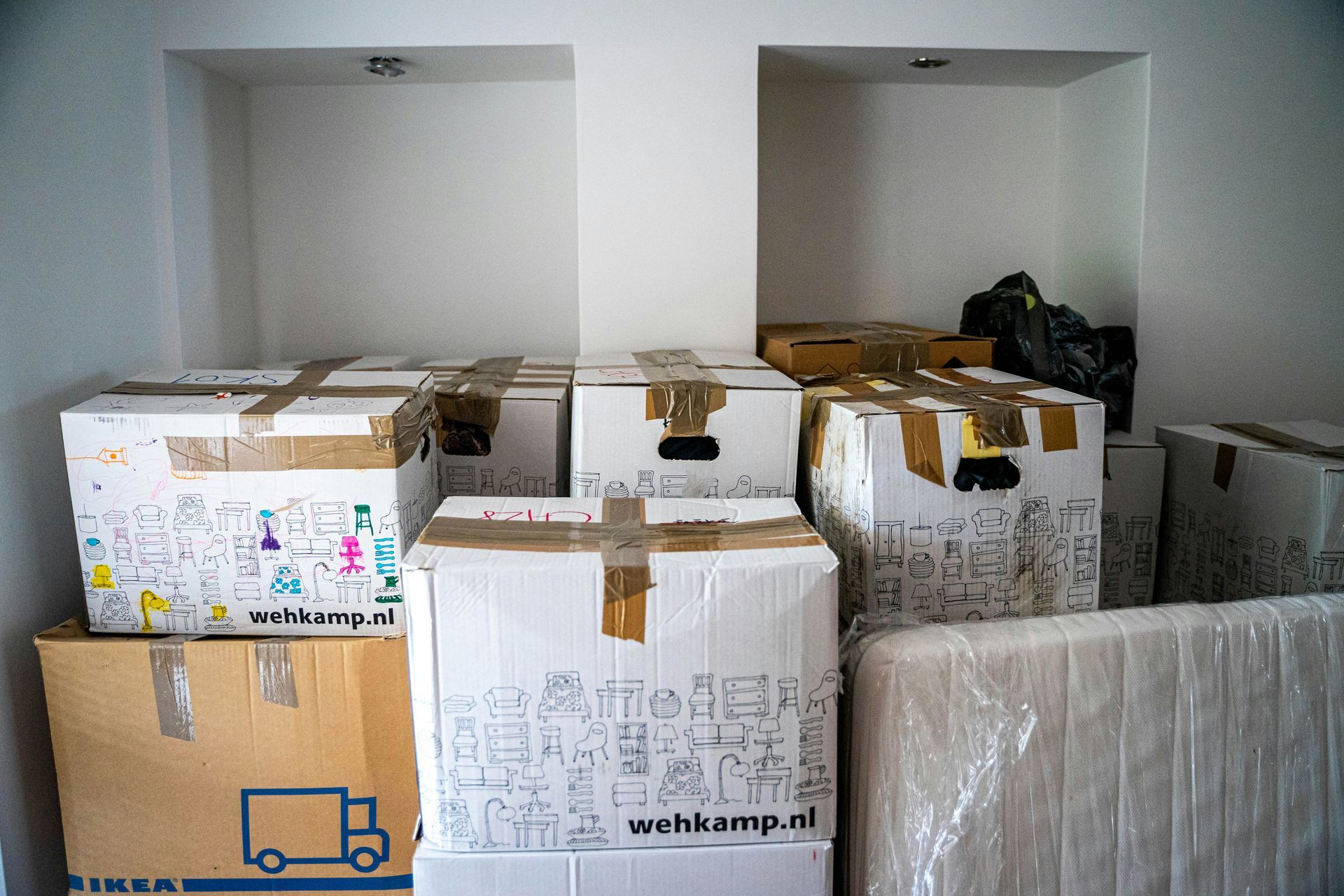
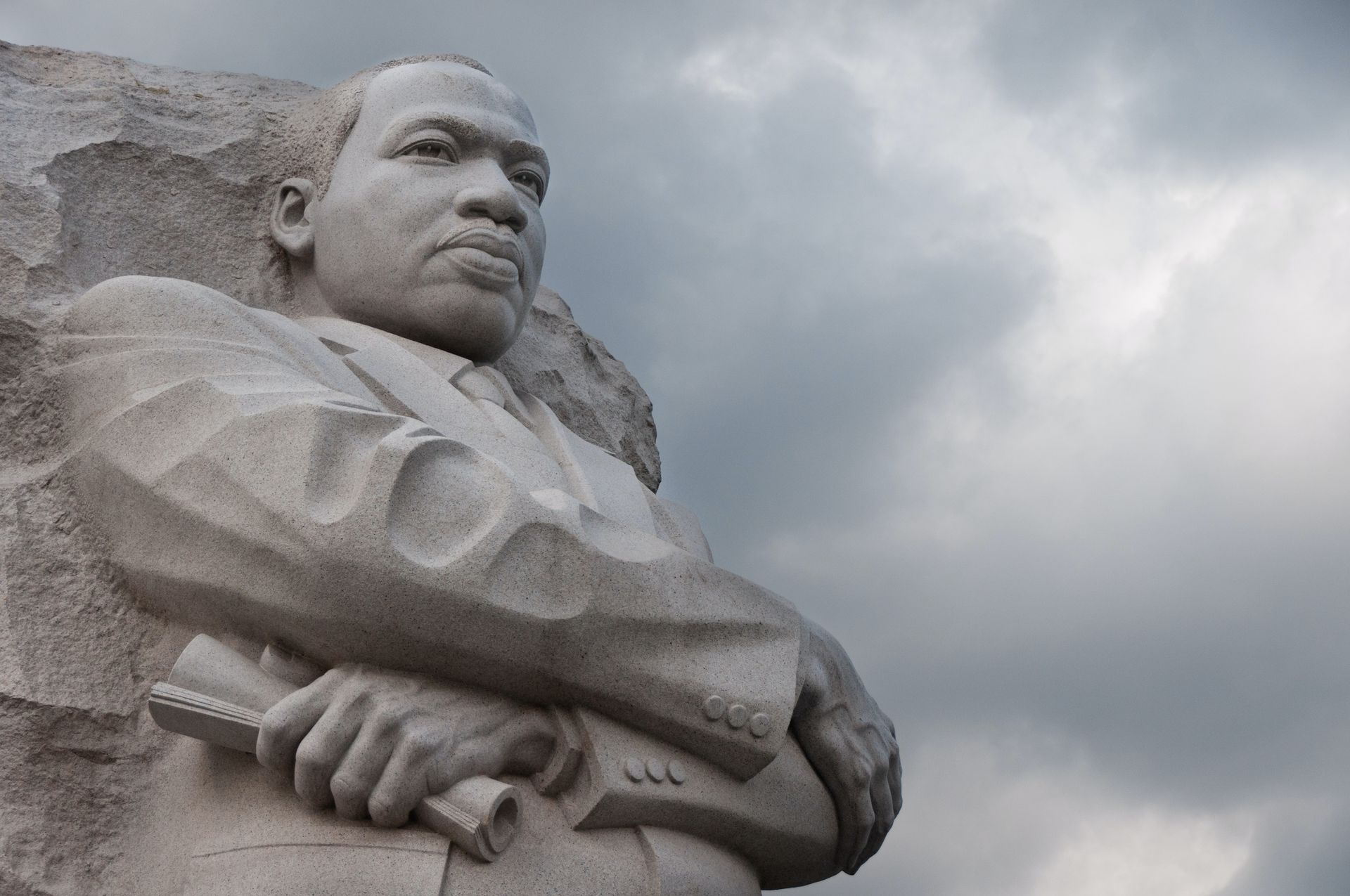
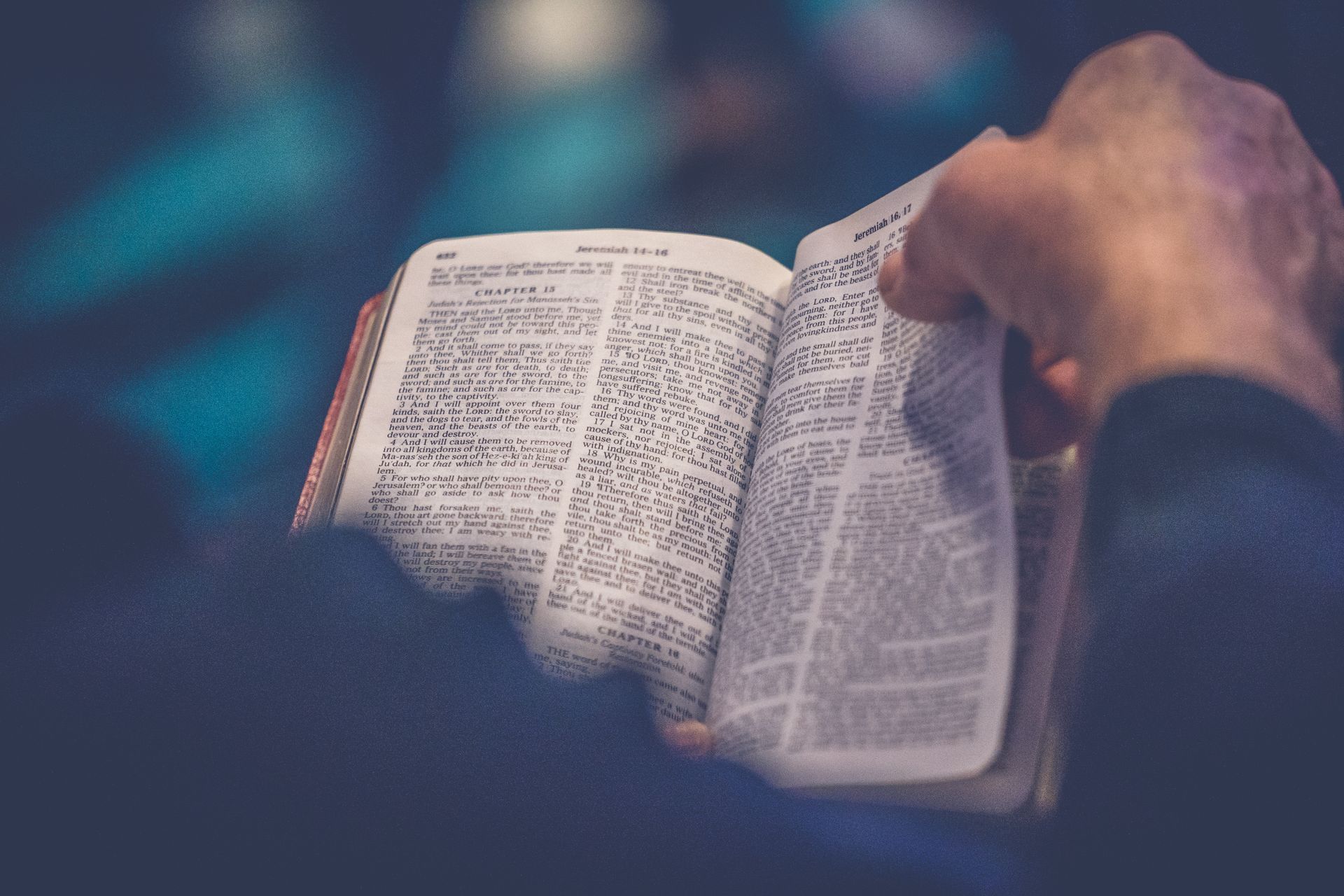
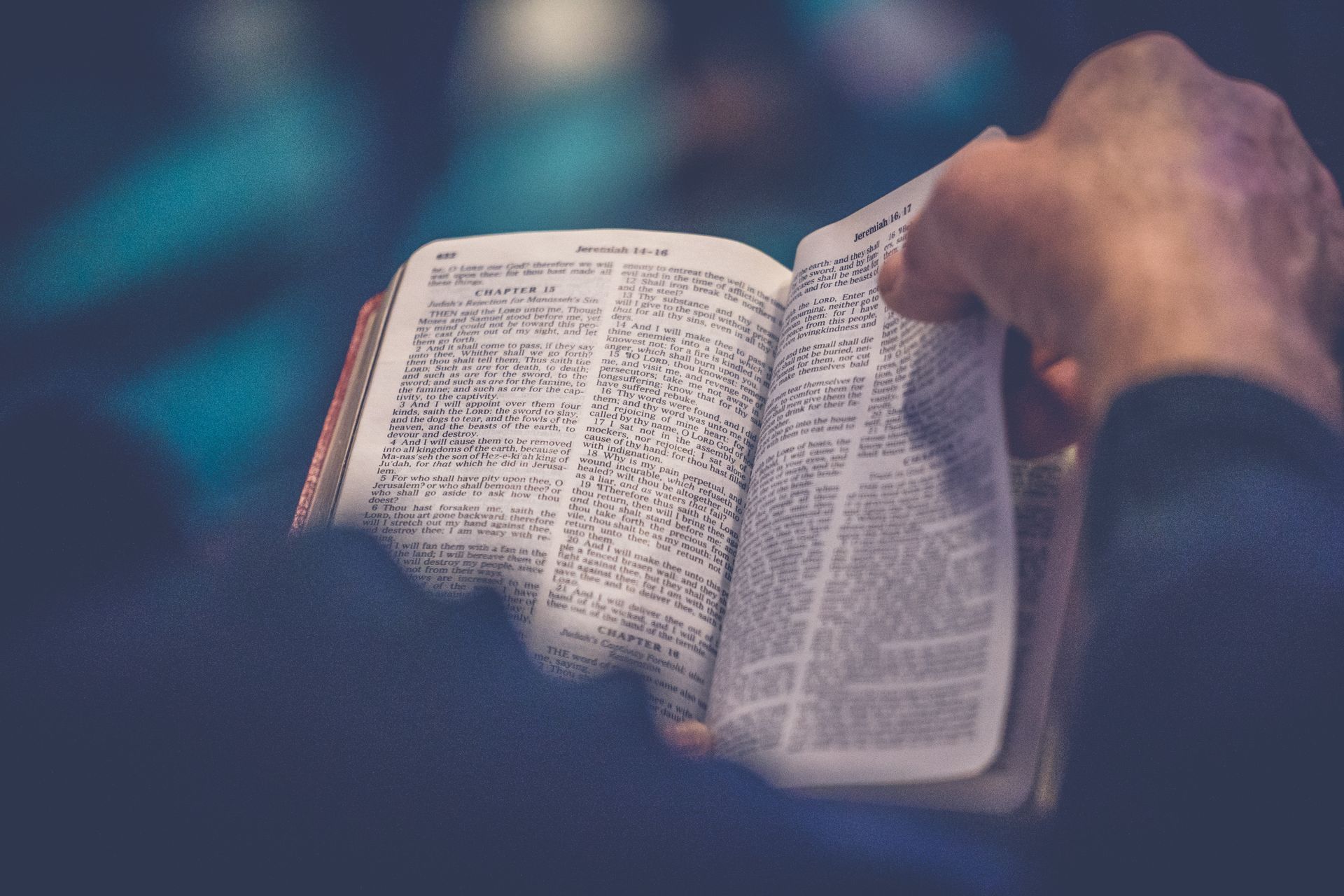
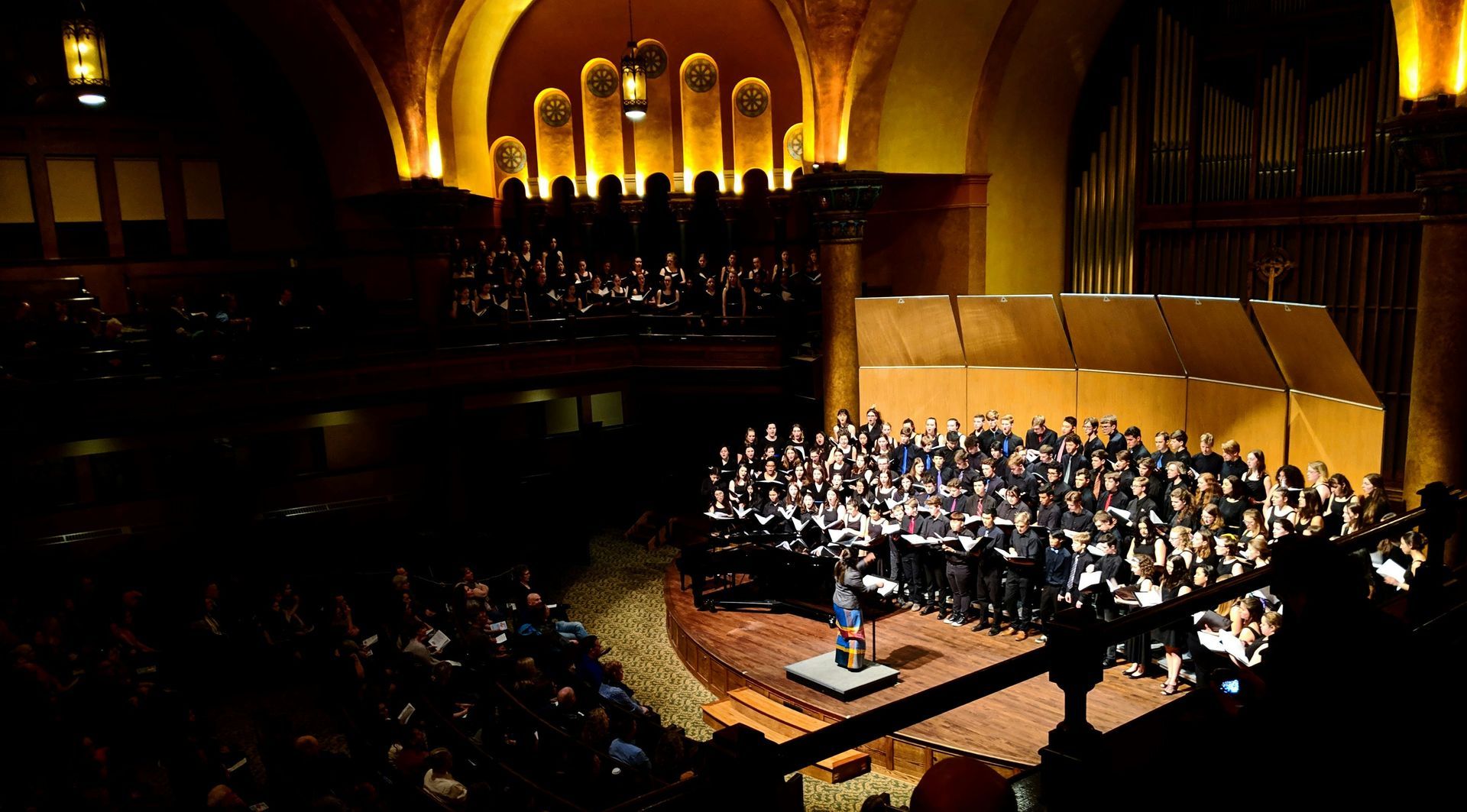

Useful Links
Cathedral of Hope
Proclaiming Christ Through Faith, Hope and Love
5910 Cedar Springs Road | Dallas, TX | 75235
214-351-1901
info@cathedralofhope.com
Contact Us
We will get back to you as soon as possible
Please try again later
